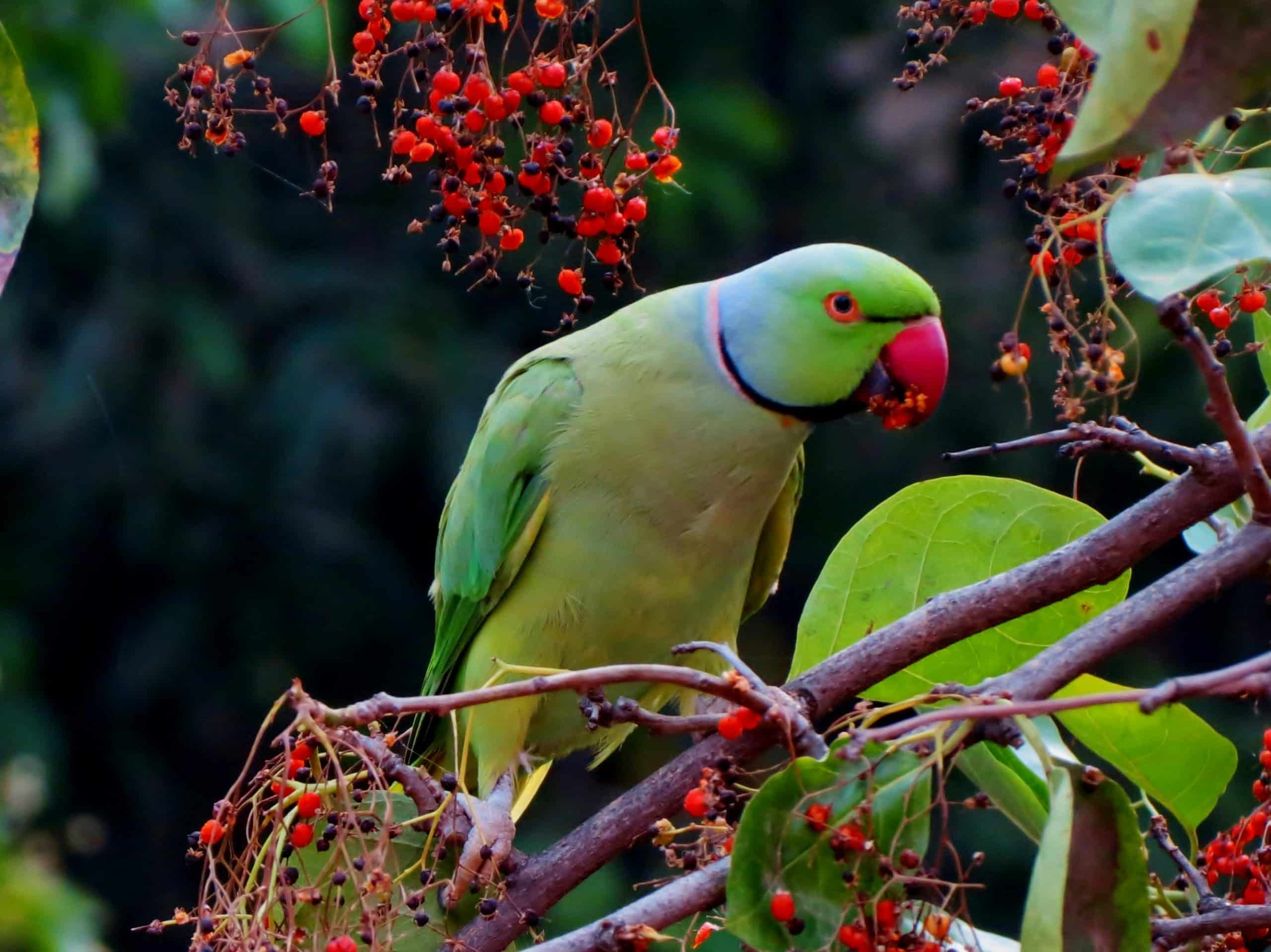How to Implement a Custom Flight Training Regimen for Parakeets?

If you are a bird enthusiast and parakeet owner, then you know parakeets are intelligent, playful birds that can learn a variety of skills, including flying. Training a parakeet to fly is not just about teaching the bird to move from point A to B – it’s about allowing your pet to express its natural behavior and improve its physical health. In this article, we’re going to delve into the process of implementing a custom flight training regimen for parakeets, focusing on the steps, techniques, and considerations that you must take into account.
The Importance of Flight Training for Parakeets
Before we delve into the strategies that can aid in training, let’s first understand why flight training is essential for parakeets. Parakeets are naturally predisposed to fly. In their natural habitats, these birds spend a significant part of their day flying in search of food, evading predators, or finding suitable nesting sites.
Flight is not only a means of transportation for these birds but also a form of exercise. The physical exertion involved in flying helps to keep the bird’s muscles toned and its cardiovascular system in good shape. Moreover, flying provides mental stimulation. It’s an activity that engages the bird’s senses and encourages natural, exploratory behavior.
While parakeets kept as pets may not have the same needs as their wild counterparts, they still derive significant benefits from being able to fly. Regular flight can help to prevent obesity, a common problem in pet parakeets due to sedentary lifestyles and calorie-dense diets. Flying also provides a form of mental stimulation that can’t be replicated by toys or interaction with humans. A parakeet that’s allowed to fly will be healthier, happier, and more content.
Preparing Your Parakeet for Flight Training
Before you start the flight training, you need to prepare your bird for the process. Just like you wouldn’t start teaching a child to run before they can walk, you shouldn’t start flight training before your parakeet is ready.
The initial preparation involves getting your bird accustomed to your presence and your hand. Spend time around the bird cage each day, talking to your pet in a soft, soothing voice. This will help the bird to get used to your presence and view you as a friend rather than a threat.
Gradually, you can start to introduce your hand into the cage, offering the bird its favorite food. Over time, the bird will start to associate your hand with positive experiences. Once your parakeet is comfortable standing on your hand, you can slowly start moving your hand around, simulating a gentle flight.
During this early stage, it’s essential to be patient and move at a pace your parakeet is comfortable with. Each bird is unique, and they will adapt to new experiences at their own pace. Rushing the process can create stress and fear, which can set back training efforts.
Implementing the Flight Training Regimen
When your parakeet is comfortable with your hand and has a basic understanding of the concept of flight, you can begin implementing a more structured flight training regimen. This process should be gradual, allowing the bird to build up its skills and confidence over time.
Start with short, straight flights. Stand a short distance away from the bird’s cage and encourage the bird to fly to you. You can do this by showing the bird a treat, or by using a specific command or sound. Once the bird successfully completes the flight, reward it with praise and a treat. This will reinforce the positive behavior and encourage the bird to repeat it.
As your parakeet’s skills and confidence increase, you can gradually increase the distance of the flights, and introduce turns and obstacles. Always ensure that the training environment is safe, with no sharp objects or hazards that the bird could collide with.
Handling Setbacks and Challenges
Like any other training process, flight training may come with its share of setbacks and challenges. Your parakeet may be hesitant or scared, refuse to fly, or even fly away from you. It’s important to remember that these are normal parts of the learning process and not signs of failure.
In such cases, patience and consistency are key. Don’t force your bird to fly if it’s not ready. Instead, continue to offer encouragement and rewards, and allow the bird to progress at its own pace.
It’s also crucial to bear in mind the health and wellbeing of your parakeet. If you notice any signs of stress or fatigue, such as heavy breathing, loss of appetite, or changes in behavior, stop the training and allow the bird to rest. If these symptoms persist, consult a vet.
Flight training can be a rewarding experience for both you and your parakeet. It allows your pet to express its natural behavior, provides mental and physical stimulation, and strengthens the bond between you and your bird. By following the steps outlined in this article, you can implement a successful flight training regimen that’s tailored to your parakeet’s needs and abilities. Remember, the goal isn’t just to teach your bird to fly – it’s to help it thrive.
Establishing a Routine and Environment for Flight Training
After preparing your pet bird and starting with basic flights, the next step is to establish a consistent routine and a conducive environment for your parakeet’s flight training. It’s crucial to ensure that your bird cage or flight area is free from hazards and distractions that may hinder the bird’s flying time and safety.
One way to make flight training effective is by associating it with a specific time and place. For instance, designating a specific location such as a play gym, and setting a consistent time for training sessions, can help your budgie parakeet anticipate the flying routine. Make sure to choose a quiet, well-lit area with ample space for your bird to fly around.
Furthermore, using a flight disc can greatly enhance the training process. This tool can aid in guiding your parakeet during free flight and can help build their confidence in navigating the airspace.
In terms of routine, a regular schedule helps to establish a rhythm and predictability for your pet bird. Typically, parakeets require at least 20 minutes of flight per day. However, this may vary depending on the health, age, and temperament of your bird. Consistency helps condition the parakeet to the rhythm of the flying routine, making the training process easier and more effective.
Moreover, incorporating a recall cue during training sessions can encourage your parakeet to return to you after free flight. This can be a specific sound, word, or action that your bird will associate with returning to you.
Nonetheless, remember that your bird’s wellbeing is paramount. Be mindful of your parakeet’s reaction to the new routine. If they appear stressed or uncomfortable, it may be necessary to adjust the routine or environment to better suit their needs.
Enhancing Flight Skills and Concluding the Training
As your parakeet becomes more comfortable with the flight training regimen and routine, it’s time to enhance their flight skills. This includes training your bird to perform controlled turns, maneuver around obstacles, and even engage in outdoor flying.
For instance, Chris Biro, a renowned bird trainer, recommends using a laser pointer to guide parakeets during training. This tool can help your pet bird learn to make controlled turns and navigate around obstacles. Similarly, you can use colorful toys or feathered friends to stimulate your parakeet’s interest and encourage them to fly in different directions.
Outdoor flying can be a thrilling experience for your budgie parakeet. However, it requires a high level of skill and confidence from your bird. Therefore, it’s crucial to ensure that your parakeet is well-prepared and comfortable with indoor flying before transitioning to the outdoors.
After weeks or even months of flight training, there will come a time when your pet bird has mastered the art of flight. This doesn’t mean an end to their flying routine, rather it marks the beginning of a new stage where your parakeet is free to explore and fly, maintaining their physical health and mental stimulation.
At this point, your role transitions from a trainer to a supporter, ensuring your bird continues to get ample flying time, maintaining its flight skills, and enjoying the freedom of flight. Remember, the ultimate goal of flight training is not just about teaching your parakeet to fly, but to thrive and express their natural behavior in a safe and nurturing environment.
Conclusion
Training a parakeet for flight is no small task. It requires dedication, patience, and a detailed understanding of your bird’s needs and abilities. Most importantly, it’s a commitment to promoting your pet bird’s health, happiness, and natural lifestyle.
Whether it’s using a flight disc, establishing a consistent flying routine, or enhancing your bird’s skills with outdoor flying, each step brings you closer to achieving a successful flight training regimen. And with every flight, your parakeet is not just building their flight skills but also deepening their bond with you.
Remember, the journey to flight doesn’t end with the training. It’s an ongoing process that continues to enrich the lives of both you and your feathered friend. So, here’s to a lifetime of exploration, freedom, and joy with your flying bird. Happy training!
